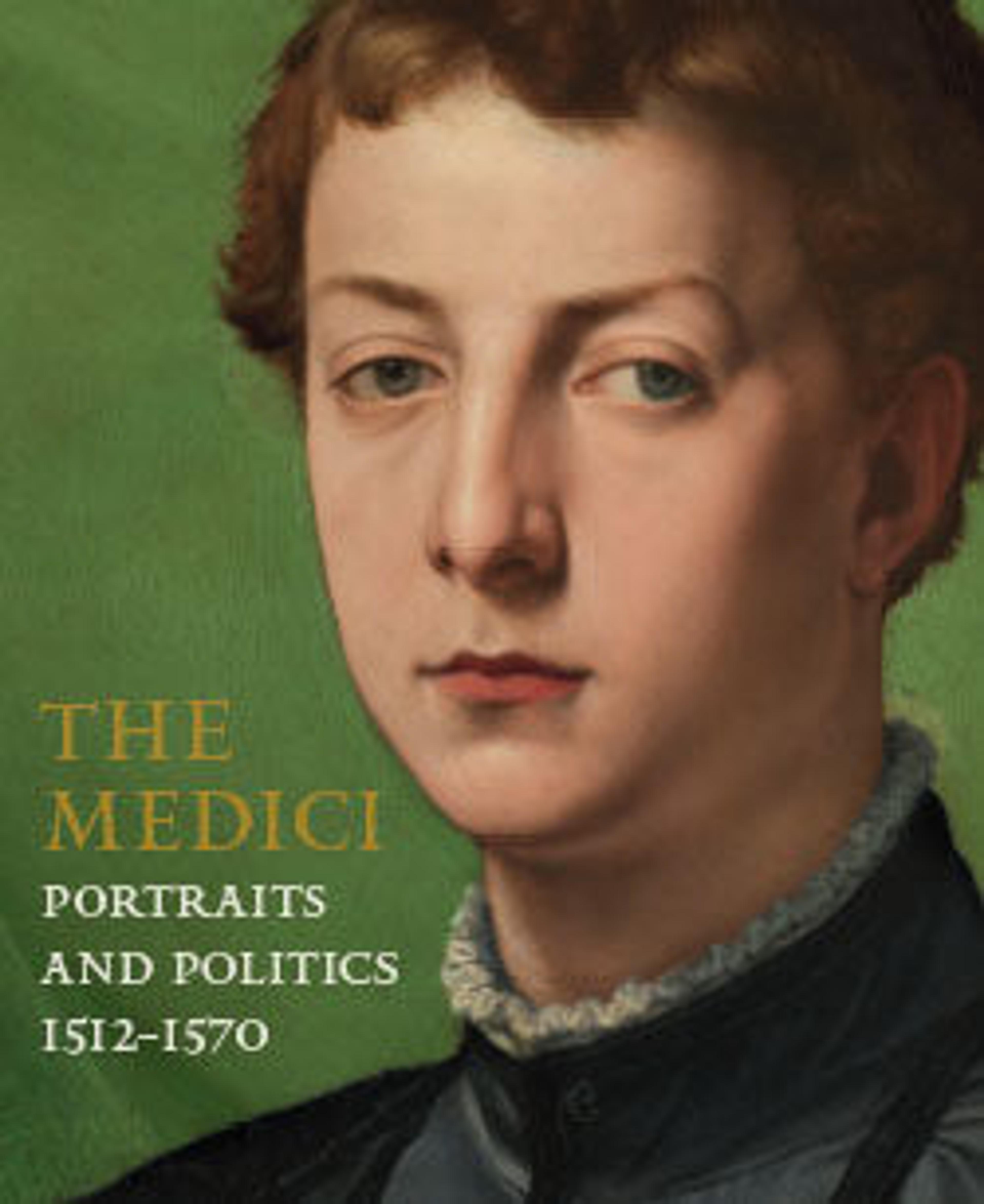Elogia virorum literis illustrium...
This posthumous edition of the historian Paolo Giovio's Elogia is the first to unite his brief biographical sketches with the portraits that inspired them. The high number of Muslim figures included among the military leaders is not surprising given that Giovio wrote a commentary on the Turks in 1532 and included a "Turkish room" in the museum he established in Como. Giovio's portrait of Mehmet II, said to have been derived from a model by Gentile Bellini, shows the influence of Ottoman prototypes that depict the sultan smelling a rose. The profile and folded ear, however, correspond to an Italian medal produced in Constantinople in the 1460s.
Artwork Details
- Title:Elogia virorum literis illustrium...
- Author:Paolo Giovio (Italian, 1483–1552)
- Designer:Woodcuts based on drawings by Tobias Stimmer (Swiss, Schaffhausen 1539–1584 Strasbourg)
- Publisher:Peter Perna (1522–1582) , Basel
- Published in:Basel
- Date:1575; 1577
- Medium:Printed book with woodcut illustrations.
- Dimensions:14 7/16 × 9 5/8 × 1 3/4 in. (36.7 × 24.4 × 4.5 cm)
- Classification:Books
- Credit Line:Gift of Harry S. Parker III, 1964
- Object Number:64.522
- Curatorial Department: Drawings and Prints
More Artwork
Research Resources
The Met provides unparalleled resources for research and welcomes an international community of students and scholars. The Met's Open Access API is where creators and researchers can connect to the The Met collection. Open Access data and public domain images are available for unrestricted commercial and noncommercial use without permission or fee.
To request images under copyright and other restrictions, please use this Image Request form.
Feedback
We continue to research and examine historical and cultural context for objects in The Met collection. If you have comments or questions about this object record, please contact us using the form below. The Museum looks forward to receiving your comments.
